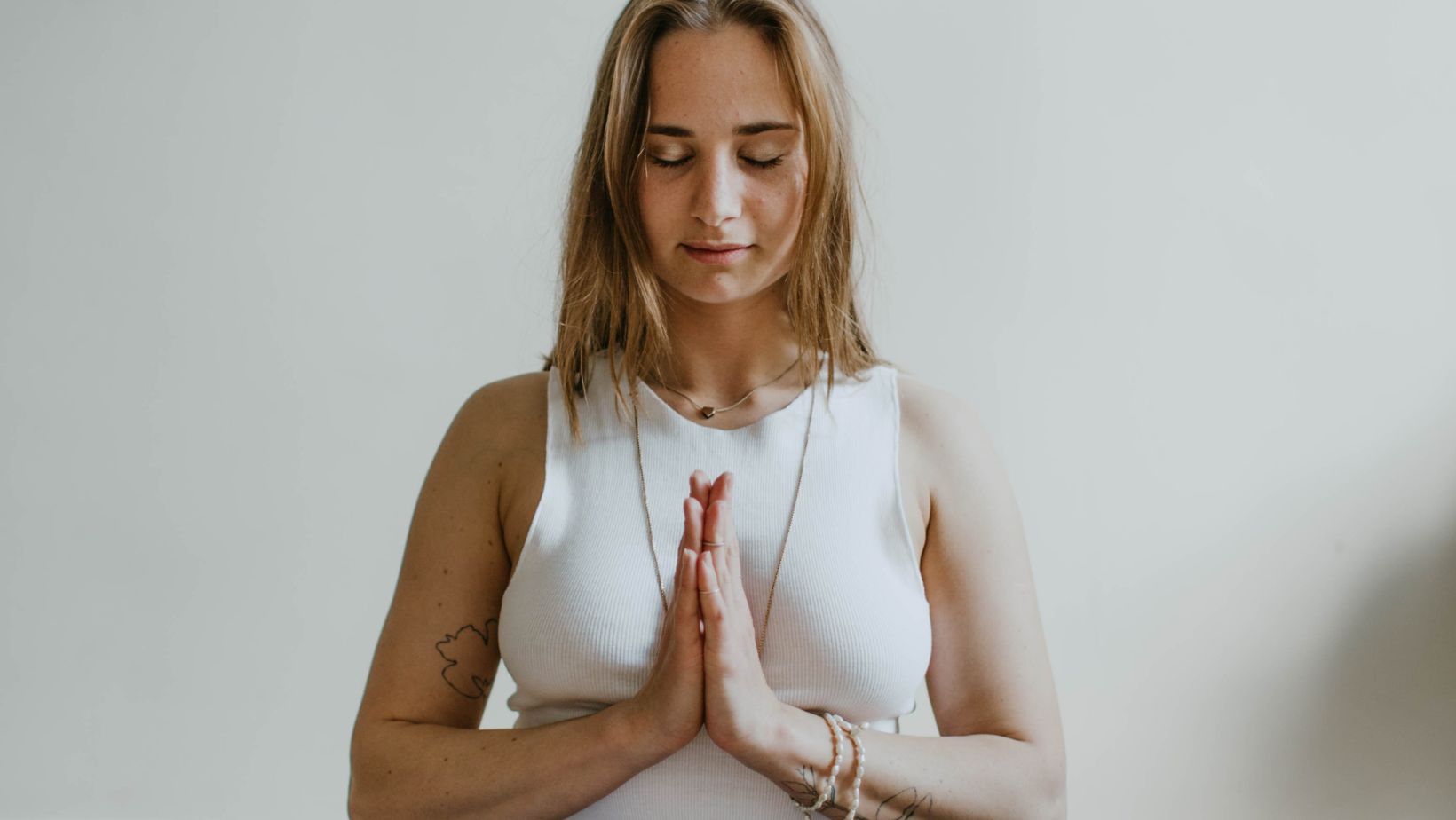Let’s get real for a moment: how many times have you heard someone say, “Oh, don’t go running—it’ll ruin your knees!” or “As you get older, you can’t exercise like you used to”? These myths are not only frustrating but can genuinely hold you back from living your fullest, healthiest life. It’s time we shatter these illusions and look at what science—specifically, a renowned Harvard professor—has to say about it.
Debunking the Myths: The Reality of Exercise
Walking Is More Than Just a Basic Activity
It’s so simple, right? You put one foot in front of the other. But did you know that walking is the most fundamental form of human physical activity? Daniel Lieberman, a Harvard Professor, emphasizes that humans have evolved for walking. Hunter-gatherers clock in an average of 10,000 to 15,000 steps a day. Compare this to the typical American who barely reaches 5,000 steps daily, and it’s no wonder we’re facing a health crisis.
Actionable Tip: Don’t underestimate the power of walking. Make it a goal to hit at least 10,000 steps each day. It’s as natural to us as breathing, but in the modern world, it’s something we have to consciously choose to do.
Running Will Not Destroy Your Knees
This is a big one. So many people are terrified of running because they think it’ll wreak havoc on their knees. The truth? There’s no scientific evidence to back this claim. In fact, Professor Lieberman states that studies show running helps your joints repair themselves. Running is not the enemy; it’s how you run that matters.
Actionable Tip: If you’ve always wanted to run but were scared off by myths, start slow. Learn the proper form and gradually increase your distance. Also, consider running on softer surfaces like a track or grass to reduce impact.
Age Is Just a Number, Seriously!
Why do we equate age with a decrease in physical activity? Lieberman points out that this is a particularly harmful Western concept. In many traditional societies, people stay physically active well into their older years. Hunter-gatherers, for example, remain strong and active because they’re constantly doing stuff—they’re lifting, walking, running, you name it. So why should we settle for less?
Actionable Tip: Forget the phrase “I’m too old for this.” Embrace strength training and other forms of exercise that keep you active and strong, regardless of your age.
Going Beyond the Myths: How to Incorporate These Findings into Your Life
Step 1: Ditch The False Beliefs
Start by purging the myths from your mindset. If you cling to false notions, you’ll never break free and live the active life you’re capable of.
Step 2: Reclaim Walking
As Daniel Lieberman suggests, walking is your birthright. So own it. Aim for those 10,000 steps every day, and feel the difference it makes in your body and mind.
Step 3: Learn to Run—The Right Way
If you’ve always admired runners but never dared to join their ranks, now is the time. Learn the correct form, start slow, and make it a regular part of your routine.
Step 4: Prioritize Strength as You Age
Let go of the notion that age equals frailty. Make strength training a key part of your fitness regimen. Not only will it keep you strong, but it also helps combat muscle loss, also known as sarcopenia.
Step 5: Think Healthspan, Not Just Lifespan
Lieberman talks about the concept of ‘healthspan,’ which is the number of years you live in good health. Exercise can significantly boost your healthspan, not just your lifespan.
FAQs
Why Is Walking Such an Important Exercise?
Walking is the most fundamental form of human physical activity, according to evolution and anthropology. It’s something our bodies are designed to do and excel at.
Will Running Really Not Harm My Knees?
According to multiple scientific studies, no, running will not harm your knees if done correctly. In fact, it can be beneficial for joint health.
What’s the Significance of ‘Healthspan’?
Healthspan is the number of years you live in good health, as opposed to merely surviving. Exercise can extend your healthspan considerably.
Why Should Older Adults Prioritize Strength Training?
Strength training can help prevent muscle loss (sarcopenia) as you age, allowing you to maintain a higher level of physical activity and independence.
Are Hunter-Gatherers Really More Active than Modern Humans?
Yes, hunter-gatherers engage in a variety of physical activities that keep them strong and healthy throughout their lives, debunking the myth that we should become less active as we age.
Conclusion
Exercise myths are not just harmless sayings; they are roadblocks, hindrances to our well-being. Thanks to Daniel Lieberman and his enlightening insights, we can now steer clear of these myths and embrace a healthier, more active lifestyle—no matter our age. So let’s ditch these myths and aim for that higher quality of life we all deserve. It’s never too late to start, and your future self will thank you for it. Exercise isn’t just about looking good; it’s about feeling good and living well. Don’t let myths hold you back from living your best, most active life.

